Vietnam and Cambodia are two captivating countries, each with its own unique culture, history, landscapes, and traditions. From the serene waters of Halong Bay and the lantern-lit streets of Hoi An to the grandeur of Angkor Wat and the colonial charm of Phnom Penh, these destinations offer unforgettable experiences that can be best enjoyed through a private tailor-made tour. If you’re seeking a deeply personal and enriching journey, this comprehensive guide will help you plan your custom-made adventure across Vietnam and Cambodia.
1. Why Choose a Private Tailor-Made Tour?
A tailor-made tour offers you a completely personalized travel experience. Rather than following a fixed group itinerary, you’ll work with a travel expert or destination management company (DMC) to create a journey that reflects your interests, pace, travel style, and preferences.
Key Benefits:
- Flexibility: Choose your dates, destinations, and pace.
- Exclusivity: Enjoy private transportation, guides, and accommodations.
- Personalized experiences: Activities and excursions tailored to your interests.
- Time efficiency: Travel smart with expert planning that maximizes your time.
- Comfort and luxury: From boutique hotels to private cruises, every detail is curated for your comfort.
2. When Is the Best Time to Visit Vietnam and Cambodia?
Both countries have tropical climates, but each region has its nuances. Planning your trip around weather conditions can greatly enhance your experience.
Vietnam:
- North (Hanoi, Halong Bay, Sapa): October to April is the dry season with cool, pleasant weather. Summers can be hot and rainy.
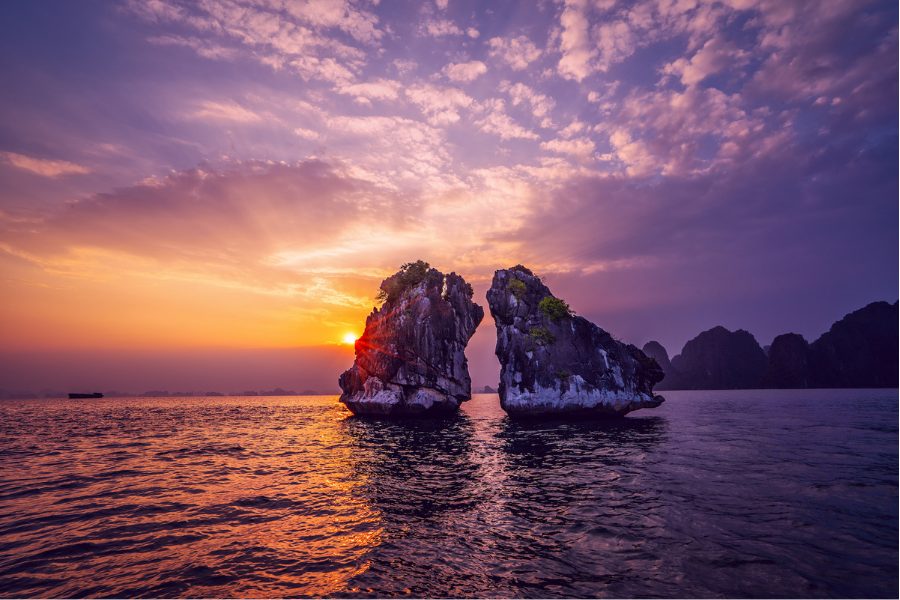
Ha Long Vietnam (Source: Bao Lao Dong)
- Central (Hue, Hoi An, Da Nang): February to August is ideal. The region experiences typhoons and rain from September to November.
- South (Ho Chi Minh City, Mekong Delta): Dry season runs from November to April. May to October brings monsoons.
Cambodia:
- Best time to visit: November to March when it’s cooler and dry. April can be extremely hot. Rainy season is from May to October but can be less crowded and lush.
Travel tip: Avoid national holidays like Tet (Vietnamese Lunar New Year) and Khmer New Year unless you want to experience festive culture but plan far in advance.
3. Define Your Travel Style and Preferences
Before crafting your itinerary in Vietnam or Cambodia, consider what kind of traveler you are. Do you enjoy cultural exploration, culinary experiences, luxury retreats, or soft adventures?
Ask Yourself:
- What is your preferred pace-leisurely or active?
- Do you want time for relaxation (spa, beach), or cultural deep-dives (temples, museums)?
- Do you prioritize sustainability and eco-tourism?
- Are you a foodie, history buff, photographer, or wellness traveler?
- What level of luxury are you looking for?
Your answers will help your travel advisor design a journey that matches your travel personality.
4. Choose Your Destinations in Vietnam and Cambodia
Your tailor-made itinerary should reflect your interests. Below are some essential destinations in Vietnam and Cambodia to consider:
Vietnam Highlights:
- Hanoi: The cultural heart of Vietnam with a mix of colonial architecture, ancient temples, and vibrant street life.
- Halong Bay or Lan Ha Bay: Explore limestone karsts and emerald waters via luxury cruises.
- Sapa: Trekking through rice terraces and visits to ethnic minority villages.
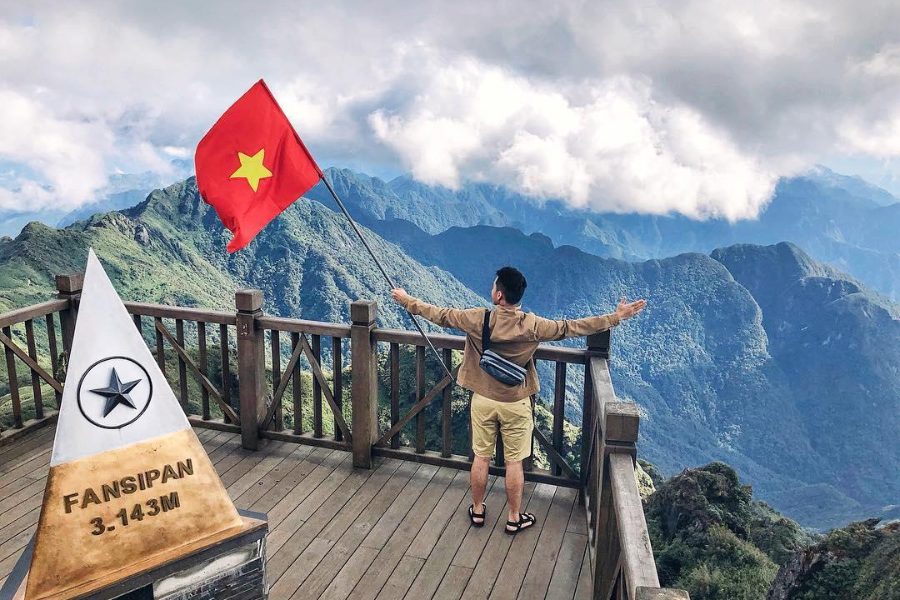
Sapa Fansipan (Source: xehanoisapa)
- Hue: Former imperial capital with citadels, royal tombs, and pagodas.
- Hoi An: UNESCO-listed ancient town, famous for lanterns, tailor shops, and riverside charm.
- Da Nang: Beach city with easy access to Hoi An and the Marble Mountains.
- Ho Chi Minh City (Saigon): Bustling metropolis with French colonial landmarks, markets, and museums.
- Mekong Delta: Floating markets, lush landscapes, and traditional village life.
Cambodia Highlights:
- Siem Reap & Angkor Archaeological Park: Home to the iconic Angkor Wat, Bayon, Ta Prohm.
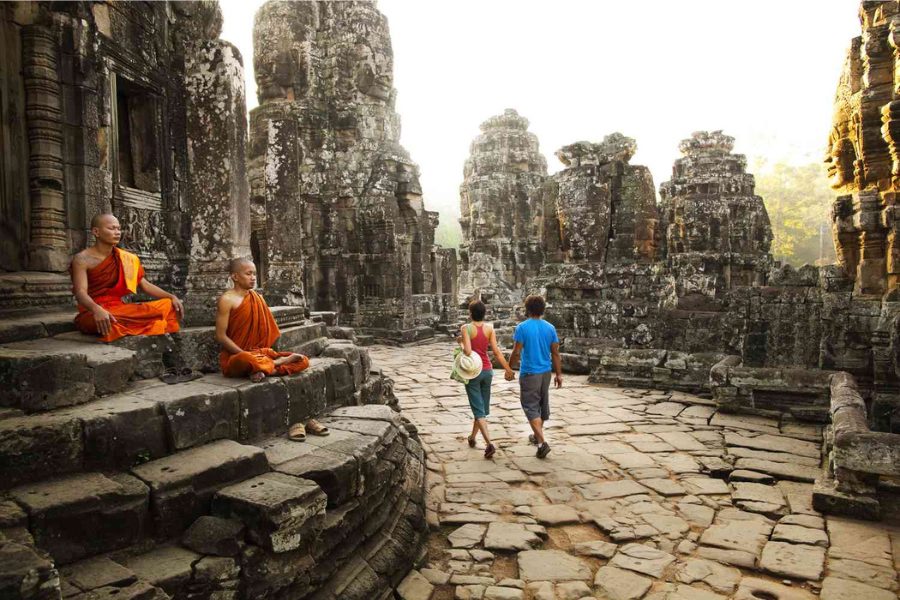
Siem Reap (Source: Savy)
- Phnom Penh: Capital city known for the Royal Palace, Silver Pagoda, and Khmer Rouge history.
- Tonlé Sap Lake: Boat tours through stilted villages and floating communities.
- Kampot and Kep: Laid-back towns known for pepper plantations, seafood, and French colonial architecture.
- Koh Rong Islands: White-sand beaches and luxury island escapes.
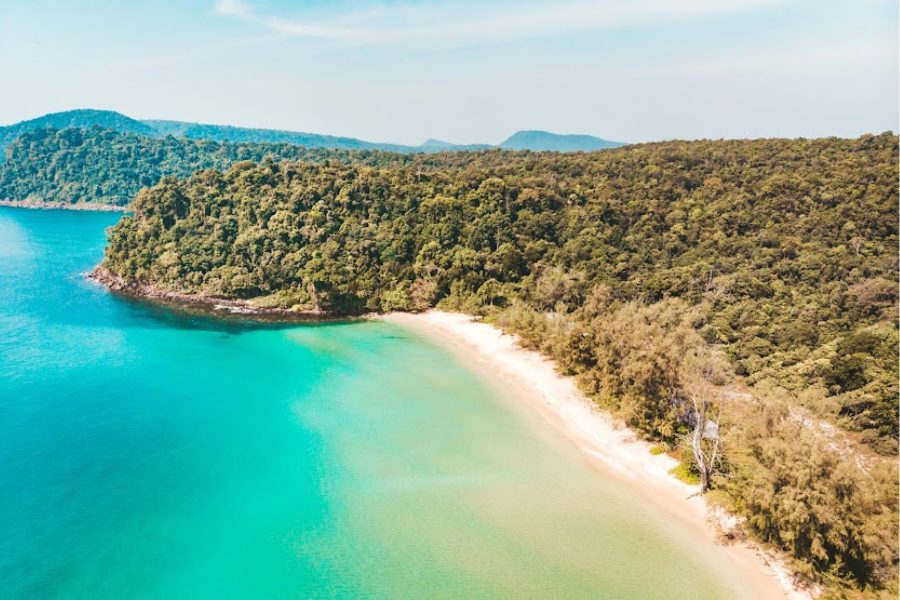
Koh Rong (Source: Bao Lao Dong)
5. Work with a Local Travel Expert or DMC
A local DMC or luxury travel expert is key to planning a successful custom journey. These professionals:
- Offer first-hand knowledge and insider access.
- Suggest unique experiences not found in guidebooks.
- Handle logistics, guides, transport, and accommodation.
- Ensure safety, comfort, and 24/7 in-country support.
Tip: Choose companies that are certified in sustainable travel (e.g., Travelife, GSTC). This ensures ethical practices and supports the local economy.
6. Customize Unique Experiences
This is where your tour truly becomes yours. Incorporate special touches based on your interests.
Cultural & Local Experiences:
- Lantern-making or cooking classes in Hoi An Vietnam.
- Private blessings with monks in Siem Reap.
- Visit artisan workshops and traditional villages.
- Attend a water puppet show or Apsara dance performance.
Adventure & Nature:
- Kayaking in Halong Bay or cycling through the Mekong.
- Trekking in Sapa or jungle walks in Cambodia.
- Helicopter ride over Angkor temples.
Culinary Experiences:
- Private dining in a colonial villa.
- Street food tours in Saigon or Phnom Penh.
- Farm-to-table experiences in the countryside.
Wellness and Retreats:
- Spa treatments using local herbs.
- Beach yoga sessions.
- Detox or wellness retreats in luxury resorts.
7. Plan Your Logistics: Visas, Transport, and Safety
Visas:
- Vietnam: E-visa available for many nationalities (valid for up to 90 days).
- Cambodia: E-visa or visa on arrival for most travelers.
Transportation:
- Flights: Essential for long-distance travel (e.g., Hanoi to Da Nang).
- Private vehicles: Comfortable and convenient for regional travel.
- Trains: Scenic but slow-good for cultural immersion.
- Boats/Cruises: Mekong Delta or Tonlé Sap explorations.
Health & Safety:
- Travel insurance is essential.
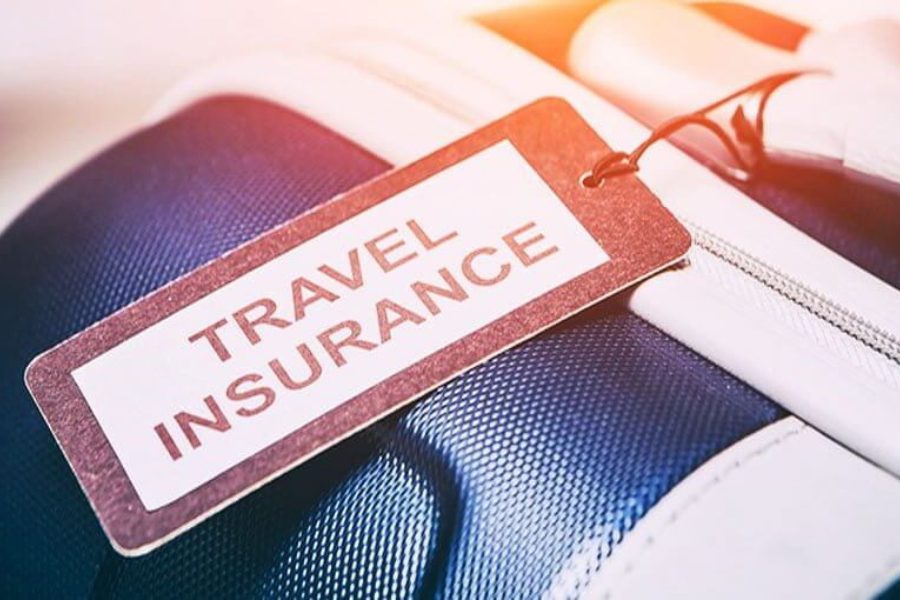
Travel insurance (Source: Vietnambiz)
- Bring sun protection, insect repellent, and modest clothing for temples.
- Drink bottled water and dine at recommended establishments.
8. Select the Right Accommodation
Accommodations can shape your experience. Your options range from five-star luxury to charming boutique stays.
Options Include:
- Luxury resorts: High-end amenities in beach or heritage settings.
- Boutique hotels: Stylish and often locally owned.
- Eco-lodges: Ideal for nature lovers and sustainability-minded travelers.
- Private cruises: Floating hotels in Halong Bay or the Mekong.
9. Estimate Your Budget and Inclusions
The cost of a tailor-made tour varies significantly depending on your travel preferences, desired level of comfort, group size, and the duration of your trip. Tailor-made journeys are crafted to meet your expectations-whether you seek high-end luxury, a culturally immersive experience, or a balanced mix of both.
Factors That Influence Cost:
- Accommodation type: 5-star hotels, boutique lodges, or eco-resorts.
- Transportation: Private car with driver, domestic flights, or luxury cruises.
- Guiding services: Multilingual private guides, specialists for niche interests.
- Experiences: Private tours, exclusive dinners, wellness activities, adventure excursions.
- Dining: Daily breakfast is typically included, but full-board dining and gourmet experiences may add to the cost.
- Seasonality: Prices are higher during peak travel months and public holidays.
- Travel insurance and visa fees: These are typically excluded but essential to budget for.
Sample Pricing (per person per day):
- Mid-range (Comfort and Authenticity): $250-$350
- 3-4 star boutique stays
- Private transfers
- Local guides and select entry fees
- Mix of free time and structured touring
- Luxury (High-End Experience): $400-$1,000+
- 5-star resorts or luxury cruises
- Expert private guides
- Seamless logistics and premium inclusions
- Customized culinary, cultural, and wellness experiences
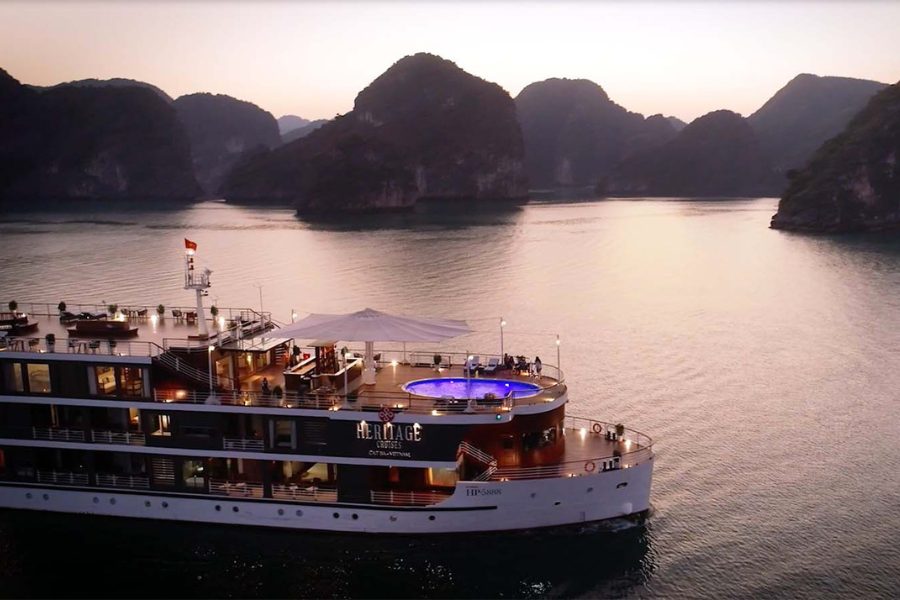
Luxury Cruise Tours (Source: Lux Travel DMC)
- What’s Usually Included:
- All accommodations
- Daily breakfast and some lunches or dinners
- Private airport transfers and in-country transportation
- Guided tours and entrance fees
- Internal flights (when requested)
- Travel consultation and itinerary planning
Budget Planning Tips:
- Be transparent with your travel advisor about your budget range.
- Prioritize experiences or locations in Vietnam Cambodia that matter most to you.
- Ask about value-added promotions such as free nights, upgrades, or early-bird deals.
- Consider traveling during shoulder seasons to enjoy lower rates without compromising quality.
- A well-planned tailor-made tour isn’t necessarily more expensive-it’s more efficient and meaningful, offering better value for what matters most to you.
Sample Pricing (per person per day):
- Mid-range: $250-$350
- Luxury: $400-$1,000+
What’s Usually Included:
- Accommodation and daily breakfast
- Private transportation
- Professional guides
- Excursions and entry fees
- Some meals and special experiences
Work with your travel planner to prioritize what matters most within your budget.
10. Embrace Responsible and Sustainable Travel
Your journey in Vietnam Cambodia can make a difference when planned with intention.
How to Travel Responsibly:
- Support community-based tourism and local artisans.
- Avoid unethical animal experiences (no elephant rides).
- Use reusable bottles and bags.
- Learn basic local greetings and etiquette.
- Respect cultural norms and dress codes.
11. Book Early and Travel Smart
Tailor-made Vietnam and Cambodia trips require thoughtful preparation-especially during peak seasons such as December to February, and major holidays like Tet (Vietnamese Lunar New Year) and Khmer New Year. During these periods, availability for luxury accommodations, top guides, and exclusive experiences can be limited. Early planning ensures access to the best options, preferred room types, and smoother logistics.
Booking Tips:
- Confirm travel plans 3-6 months in advance.
- Allow time for visa processing.
- Be flexible with some elements to secure best experiences.
12. Sample 14-Day Itinerary: Vietnam and Cambodia
Day 1-3: Hanoi & Halong Bay
- Explore Hanoi’s Old Quarter, history museums, and local cuisine.
- Overnight luxury cruise on Halong Bay.
Day 4-6: Hoi An
- Fly to Da Nang, transfer to Hoi An Vietnam
- Enjoy lantern-making, heritage walking tours, riverside dining.
Day 7-9: Ho Chi Minh City & Mekong Delta
- Discover Saigon’s colonial landmarks and vibrant nightlife.
- Visit floating markets and stay at a riverside eco-lodge.
Day 10-14: Siem Reap & Angkor Wat
- Fly to Cambodia, explore the Angkor complex.
- Visit floating villages on Tonlé Sap Cambodia, enjoy cultural performances.
- Optional: Phnom Penh city extension before flying home.
About Lux Travel DMC
Lux Travel DMC is a leading luxury tour operator specializing in bespoke travel experiences across Vietnam, Cambodia, and the greater Indochina region. With a deep commitment to sustainability, cultural authenticity, and personalized service, Lux Travel DMC designs private, tailor-made journeys that go beyond the ordinary. Whether you’re exploring ancient temples, sailing through stunning seascapes, or connecting with local communities, every itinerary is crafted to reflect your unique interests and travel style. With expert travel designers and a heart-centered approach, Lux Travel DMC ensures your journey is seamless, enriching, and truly unforgettable.
